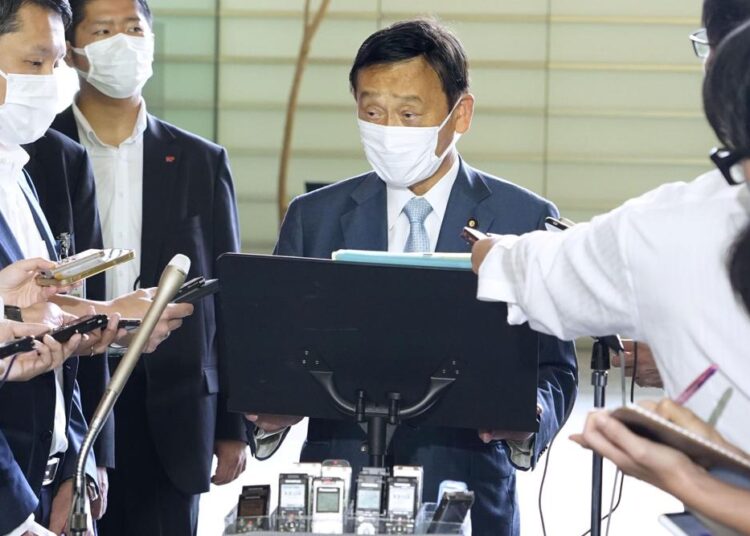TOKYO — Japan’s push to obtain UNESCO World Heritage recognition for a former gold mine key to the nation’s industrialisation will be delayed because its application was insufficient, officials said Thursday, AP reported.
The efforts to obtain a UNESCO listing for the Sado Island mine were protested by South Korea and have added to their diplomatic frictions over Japan’s colonisation of the Korean Peninsula and its actions in World War II.
The mine in northern Japan operated for nearly 400 years and was once the world’s largest gold producer before closing in 1989.
South Korea opposed the registration as inappropriate because of Japan’s wartime abuse of Korean laborers. Seoul has said Koreans brought to Japan during its 1910-1945 colonisation of the Korean Peninsula were put to forced labor at the mine.
Historians say Japan used hundreds of thousands of Korean laborers, including those forcibly brought from the Korean Peninsula, at mines and factories to make up for labour shortages, as most working-age men were sent to battlefronts across Asia and the Pacific.
The town and Niigata prefectural sites praise the Sado Island mine for mining technology development before and after industrialisation. There is no mention of its wartime use of Korean labourers.
Japan submitted a letter of recommendation to nominate the mine to UNESCO earlier this year and hoped it would be listed next year. On Thursday, however, culture minister Shinsuke Suematsu told reporters registration next year “would be difficult.”
Suematsu said the UNESCO office cited “insufficiency” in the content of the application but he was not more specific. “It is extremely regrettable, but we have decided to resubmit the documents,” he said. An interim document will be submitted by the end of September and a formal version by Feb. 1.
The Agency for Cultural Affairs later said the additional information requested by UNESCO involved sections of a former waterway used to collect gold dust. While Japan provided an explanation for the waterway sections as a set, UNESCO wanted fuller descriptions for each of them separately. The agency said the issue is mostly technical and not related to interpretation of wartime history.
Another Japanese site with similar sensitivities was granted UNESCO recognition in 2015. Gunkanjima, or Battleship Island, in Nagasaki prefecture, was a former coal mine site recognised as important to the Meiji Industrial Revolution in Japan. South Korea protested that the site omitted mention of Koreans toiling on the island, which triggered a UNESCO decision urging Japan to present more balanced history.
Prime Minister Fumio Kishida’s government previously considered delaying the Sado Island nomination but apparently reversed itself after facing growing pressure from ultra-conservatives in the ruling party known for their efforts to whitewash Japan’s wartime past.






Discussion about this post